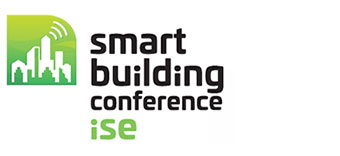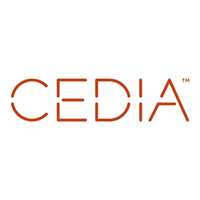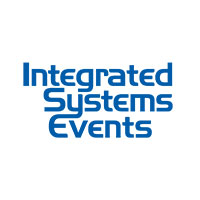KEEP UP WITH THE RAPID PACE OF CHANGE IN SMART BUILDINGS
The pandemic has brought health and safety within buildings front of mind, which has fed into the theme for the Smart Building Conference at ISE 2022: ‘Smart, Safe, Sustainable Building Technologies’. We talk to Bob Snyder, SBC Content Chair, about trends and developments in the smart building environment and how the conference will give insights into this rapidly changing sector.
Name three things – such as industry trends, changing customer expectations, or the competitive environment – that are affecting the smart buildings sector. What effects are they having?
OT vs IT: If you are following smart building, (and you should be in you’re working in the built environment), you’ll know over the years buildings have operated in silos of expertise. There are still traditional building systems where technology is isolated in stand-alone systems (so the value of information usually remains locked within each). But in newer smart buildings, this “island effect” that blocks the building owner and operator from obtaining and aggregating important information from the various building systems has now been reduced to two silos, known as OT (Operational Technology) and IT (Information Technology). You might call the battle for one network to rule them all “the incumbents vs the challengers.”
IoT: The Internet of Things is a network of sensors, meters and other devices capable of sending and receiving data via IP. Building Internet of Things (BIoT) is changing the building automation model. While typical building automation automated simple functions, IoT systems generate the data which allows for complex, objective-oriented decisions that outstrip human capabilities. Automation says, “turn off the lights at 10:00pm”, while an IoT-enabled system can say, “Now turn off the lights in any empty room and turn on only if someone enters,” or even “allocate aircon in each room according to the number of occupants.”
AI & Data Analytics: As artificial intelligence (AI) is integrated with building systems and Internet of Things (IoT) devices, it has the potential to improve occupant experience, increase operational efficiency, and optimize space and asset utilization. AI is likely to increase the trend towards more converged and integrated building solutions– and inspire more connected buildings.
What are the key themes being covered in the Smart Building Conference?
This year’s theme of ‘Smart, Safe, Sustainable Building Technologies’ brings together three powerful concepts which together have a profound impact on the future of smart buildings.
The pandemic underlines the importance of health and safety within buildings. Nature (and governments) constantly remind us of the price of ignoring sustainability. While owners, tenants and stakeholders realise that only smart technologies allow us the level of information and control we need to address these major concerns and others.
How relevant are these themes as we emerge from the pandemic?
As office and retail buildings started to reopen following the lockdowns, property owners and corporate tenants were forced to rethink the way buildings are operated. Delivering peace-of-mind and confidence to employees and visitors is a top priority. It’s a fact that investment in smart building technology rose during this pandemic. Existing smart buildings fared better for landlords, owners and occupants throughout the pandemic—and that didn’t go unnoticed by corporate real estate and facility managers.
What can attendees expect at the Smart Building Conference?
SBC has established itself as a C-level speaker programme, where attendees hear about the latest trends and tools as well as industry vision. Our attendees tend to enjoy an atmosphere where they can be interactive and feel free to make contributions of their own. It’s that combination of vision, open participation and networking opportunities that delegates can expect.
Why should a visitor to ISE come to the Smart Building Conference?
If you work in the built environment, the environment is changing dramatically. Even if you don’t intend to expand your business interests, you’ll need to learn more about what these important changes in the building will require of you. Talking about smart building is where you learn the most about all the technologies and how they come together.
Is there anything else that you would like to mention?
Along with technology trends, we’ll address the role of the emerging Master Systems Integrator and the rise of the Chief Smart Building Officer.






